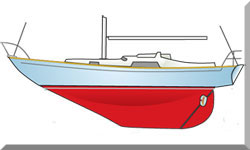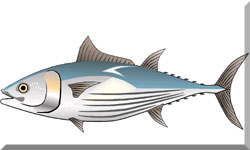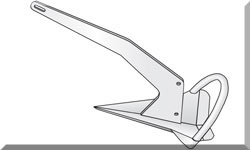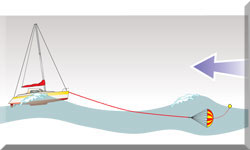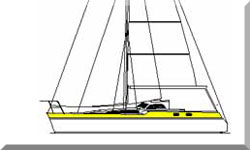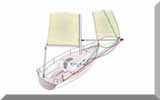- Home
- Gulfstar Sailboats
Gulfstar Sailboats: A Deep Dive into a Cruising Legacy
The name Gulfstar – it's one that often stirs up a blend of opinions among recreational sailors. And honestly, that's what makes the company's story so captivating, and a little complex.
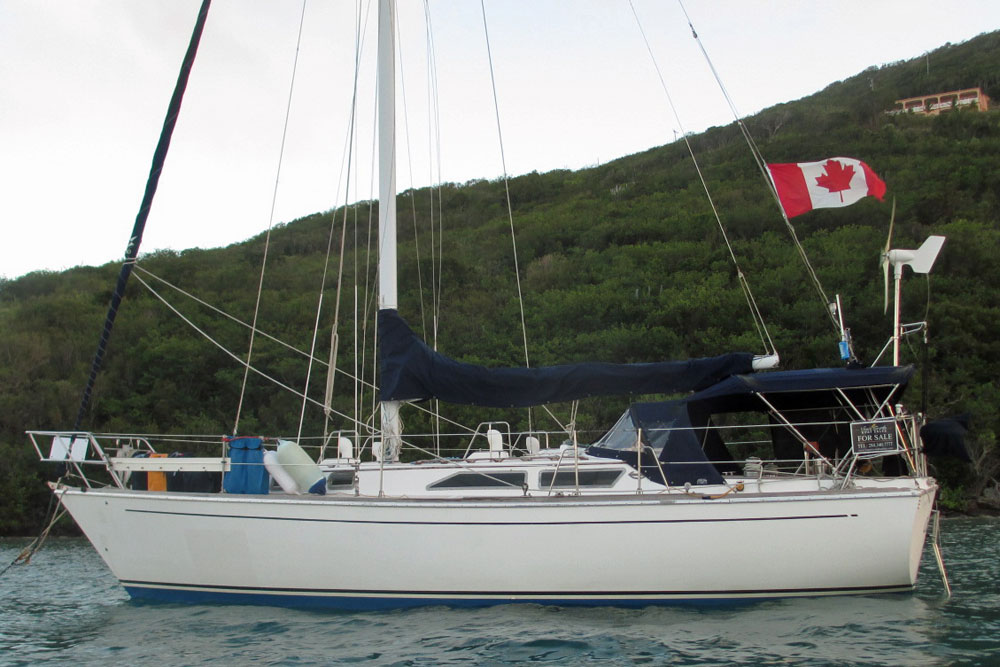 Gulfstar 36
Gulfstar 36From its early days churning out volume-focused cruisers to its later, more refined, performance-oriented designs, Gulfstar sailboats certainly left their mark on the American sailing scene. For many, a Gulfstar isn't just a boat; it's a spacious, comfortable haven for long-distance cruising, offering a sweet spot of liveability and seaworthiness that still draws sailors to the used market today.
The Gulfstar Story: From Humble Beginnings to Cruising Powerhouse
Back in 1970, in Florida’s Tampa Bay, Gulfstar Yachts sprang to life. It was founded by Vince Lazzara, a true trailblazer in fiberglass yacht construction. He'd previously been a co-founder of Columbia Yachts, and after a brief hiatus, he jumped right back into the boat-building world, clearly ready to make Gulfstar a success. His initial vision? To crank out accessible, high-volume Gulfstar sailboats and powerboats. In fact, they often shared hull molds between the two types – smart thinking to keep production costs down. This early approach really pushed the envelope on maximizing interior space, which is precisely why you'll often spot Gulfstars with generous beam and shallower drafts.
Then, as the mid-1970s started to roll, Gulfstar picked up on a new trend. Folks wanted higher-quality, more performance-driven yachts. This realization truly lit a fire under the company, kicking off a major transformation. Lazzara completely reorganized operations, even famously bringing in naval architect Ted Hood for several models. That was a serious game-changer, steering them toward far more sophisticated designs. Many in the know consider the early to mid-1980s Gulfstar's "Golden Era" – a period defined by better construction and a clear, sharp focus on performance-cruising sailboats. As Vince's sons, Richard and Brad, got more involved, the company’s attention gradually leaned more heavily towards powerboat production by the mid-1980s. Ultimately, Viking Yachts, a prominent powerboat manufacturer, acquired Gulfstar's assets in 1990, finally bringing an end to their sailboat chapter.
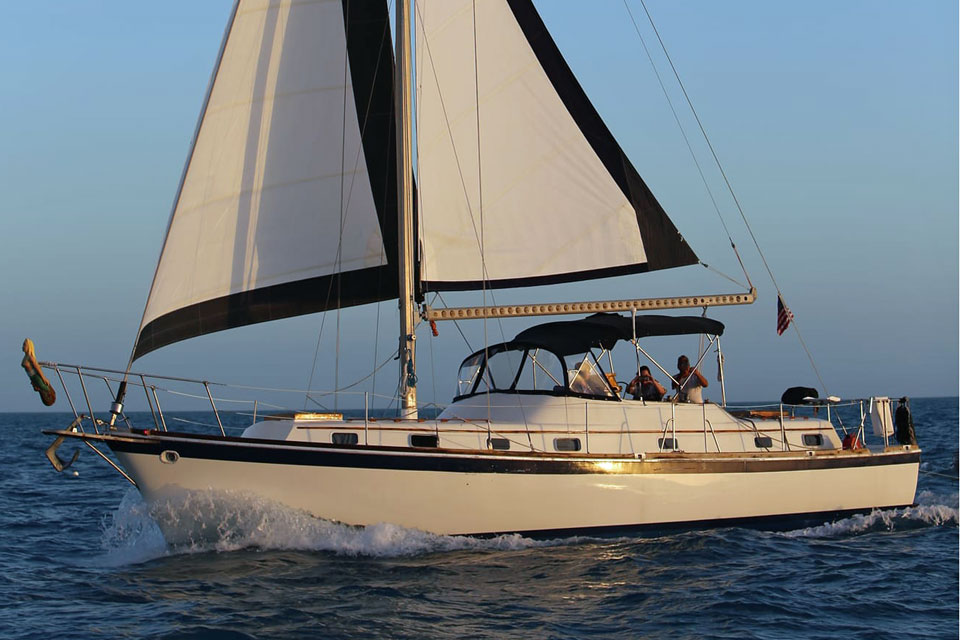 Gulfstar 44
Gulfstar 44Evolving Designs: Iconic Gulfstar Sailboat Models
Gulfstar's design philosophy really did a number on itself, transforming quite a bit over its two decades in business. While those early models were certainly all about interior volume and keeping costs to a minimum, later designs – many coming from Vince Lazzara himself, and then his son R.C. Lazzara – adopted a more balanced approach. And what an improvement that was, significantly boosting the sailing characteristics for Gulfstar sailboats.
In the company's very first years, you might have stumbled upon boats like the Gulfstar 36, often set up as a motorsailer with a neat twin-cabin layout. These particular boats, built between 1971 and 1973, were generally known for their moderate weight, shallow draft, and relatively low sail area. Sure, they were grand for coastal cruising and living aboard comfortably, though perhaps not exactly built for exhilarating speed!
A real leap forward came into view with models like the Gulfstar 44, hitting the water in 1978. Available as both a sloop and a ketch, the Gulfstar 44 really signaled a decisive move toward more capable cruising boats. With a fin keel and skeg-hung rudder, these Gulfstar sailboats actually offered better upwind performance and proved more seaworthy. All the while, they managed to keep that signature Gulfstar spaciousness. A notable sibling, the Gulfstar Hirsch 45, designed by none other than Ted Hood (though sometimes you'll see credits for Vince & Richard Lazzara due to internal design collaborations), continued this trend of enhanced performance for true bluewater sailing, showing off impressive stability and a remarkably comfortable motion.
The Gulfstar Sailmaster 47 perfectly captures the company's dedication to comfortable, adaptable cruising. Often rigged as a ketch, the Sailmaster 47 brought tons of living space and tankage for those ambitious, extended trips, making it a clear favorite for liveaboards and long-distance adventurers. It wasn't exactly engineered for racing, but its moderate displacement and design ratios strongly suggested a steady, easy-to-handle boat perfectly suited for a variety of sea conditions.
Now, if we talk about truly iconic Gulfstar sailboats, the Gulfstar 50 has to be right up there. Launched around 1980, this model absolutely cemented Gulfstar's reputation for serious cruising yachts. You could pick it up as a sloop or a ketch, and the Gulfstar 50 sported a moderate displacement hull, quite often with a fin keel and skeg-hung rudder. This combination really delivered a smooth ride offshore and offered a good safety profile for those longer passages. Its expansive interior, frequently featuring rich teak veneer in owner's versions, provided a level of luxury and liveability that undeniably appealed to dedicated cruisers.
As sailboat production began its winding down phase, some truly larger Gulfstar models emerged, such as the impressive Gulfstar 60. This formidable cutter-rigged cruiser, with its deep fin keel and powerful sail plan, was absolutely designed for serious bluewater voyages. It brought exceptional fuel and water capacity to the table, plus a wonderfully comfortable motion even in heavy seas – a true workhorse built for demanding offshore life.
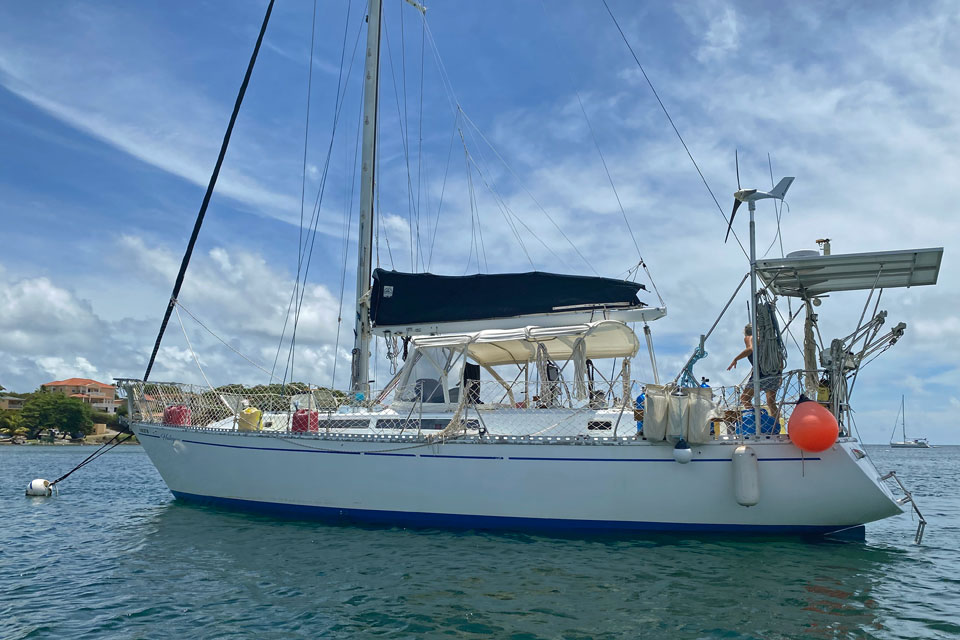 Gulfstar Hirsch 45
Gulfstar Hirsch 45Built to Last? Gulfstar Construction and Quality
Gulfstar yachts predominantly relied on GRP (fiberglass) for their hull and deck construction. Now, let's be frank: in the very early days, specifically the nascent 1970s, the build quality did encounter its fair share of criticism. You might hear tales of balsa-cored decks not being properly sealed around hardware, or perhaps laminate schedules that weren't quite up to snuff. And yes, ballast, more often than not, was iron set in a concrete slurry. But here's the crucial point: Vince Lazzara was genuinely committed to improving things, and the company made some really significant advancements. By the late 1970s, Gulfstar had shrewdly refined its construction techniques, even unveiling a patented process for cambering edges and much better lamination for bulkheads. The joinery work, especially during that celebrated "Golden Era" of the 1980s, truly began to stand shoulder-to-shoulder with some of the best in the industry, often showcasing gorgeous teak interiors.
Despite these welcome improvements, the early reputation for blister problems did tend to linger for a while. This was likely due to varying resin ratios and, let's face it, the still-evolving understanding of fiberglass construction techniques back in that era. Nevertheless, it’s worth noting that countless used Gulfstar sailboats from the late '70s and '80s were genuinely well-built boats with solid hulls. Their impressive longevity on the used market, year after year, speaks volumes about the underlying quality they managed to achieve during their prime.
 Gulfstar Sailmaster 47
Gulfstar Sailmaster 47Gulfstar Sailboats: Performance & Onboard Comfort
How a Gulfstar sailboat actually handles under sail truly hinges on the specific model and, of course, its vintage. Those early motorsailers? Incredibly spacious and comfy at anchor or when the engine's purring, but honestly, they were generally considered a bit underpowered and not terribly agile under sail. Their shallow drafts and broad hulls, while fantastic for maximizing interior volume, just weren't optimized for going upwind or for outright speed.
However, once the focus shifted decisively to performance cruising, Gulfstar sailboats like the Gulfstar 44, Gulfstar Hirsch 45, Gulfstar 50, and Gulfstar 60 really started to deliver a much more rewarding sailing experience. They certainly weren't designed to win races, but they're widely regarded as stable, stiff, and exceptionally comfortable cruisers. Their moderate displacement and clever fin keel/skeg-hung rudder setups provided a delightful balance of tracking well and remaining impressively maneuverable. Owners often rave about their remarkably smooth motion in a seaway, making them absolutely fantastic platforms for those extended offshore passages. And that ketch rig, so often seen on bigger Gulfstar sailboats, truly gave them fantastic flexibility for sail handling and reefing in varying conditions.
Step aboard a Gulfstar, and you'll quickly discover they truly excel at providing wonderfully spacious and genuinely comfortable living environments. The general aesthetic inside often leans toward a traditional, warm vibe, with plenty of rich wood joinery, particularly noticeable in later models. Interior layouts were clearly thought out with liveability squarely in mind, frequently featuring open saloons, beautifully appointed galleys, and private cabins. Take the Gulfstar 36 motorsailer, for instance – it cleverly offered a two-cabin, two-head walk-through layout, providing excellent privacy for its occupants. The Gulfstar 44 often boasted a U-shaped galley and a convenient passageway leading to a grand aft cabin, complete with generous headroom and quite often, a king-sized berth, topped off with a dedicated shower stall in the en-suite head. The Gulfstar 50 could even come in various layouts, including a truly luxurious owner's version with exquisite teak veneer cabinetry, a sizable navigation station, and even a wet bar and a walk-in engine room. And the sheer emphasis on huge tankage for both fuel and water? That just underlines their fundamental design for truly extended cruising.
 Gulfstar 50
Gulfstar 50Considering a Gulfstar? What to Look For (and Why)
If you're seriously thinking about picking up a used Gulfstar sailboat, it’s smart to approach it with a clear, realistic perspective, always keeping their unique history in mind. Those very early models from the nascent 1970s might well demand a more thorough survey, especially when it comes to hull integrity and any potential deck core issues. But thankfully, as the company matured, their construction quality undeniably saw significant improvements. Boats from the late 1970s and 1980s are generally viewed as far more robust and dependable.
Here are some key things you absolutely must check when looking at used Gulfstar sailboats:
- Hull: While many later Gulfstars boast solid hulls, you must thoroughly inspect for any signs of extensive blistering. This was, after all, a historical concern. A top-notch survey is absolutely crucial here.
- Deck: Pay particularly close attention to balsa-cored decks for any soft spots, which are tell-tale signs of water intrusion. On older models, actively seek out evidence of proper sealing around deck hardware.
- Engine: Many Gulfstar sailboats originally came equipped with reliable Perkins or Ford Lehman diesels. However, given their age, a comprehensive engine inspection and a meticulous review of maintenance history are vitally important.
- Rigging and Sails: As is the case with virtually any older boat, assume the standing and running rigging will need a detailed inspection and likely replacement in the near future.
- Interior: While generally well-built, meticulously inspect the condition of the joinery and all onboard systems. Keep in mind that the sheer volume of interior space in Gulfstars means more potential areas for maintenance to address.
Despite any past criticisms, Gulfstar boats generally tend to hold their value quite well on the used market. They truly offer a lot of boat for your money, especially if maximizing space and comfort are at the very top of your priority list, rather than chasing blistering speed records.
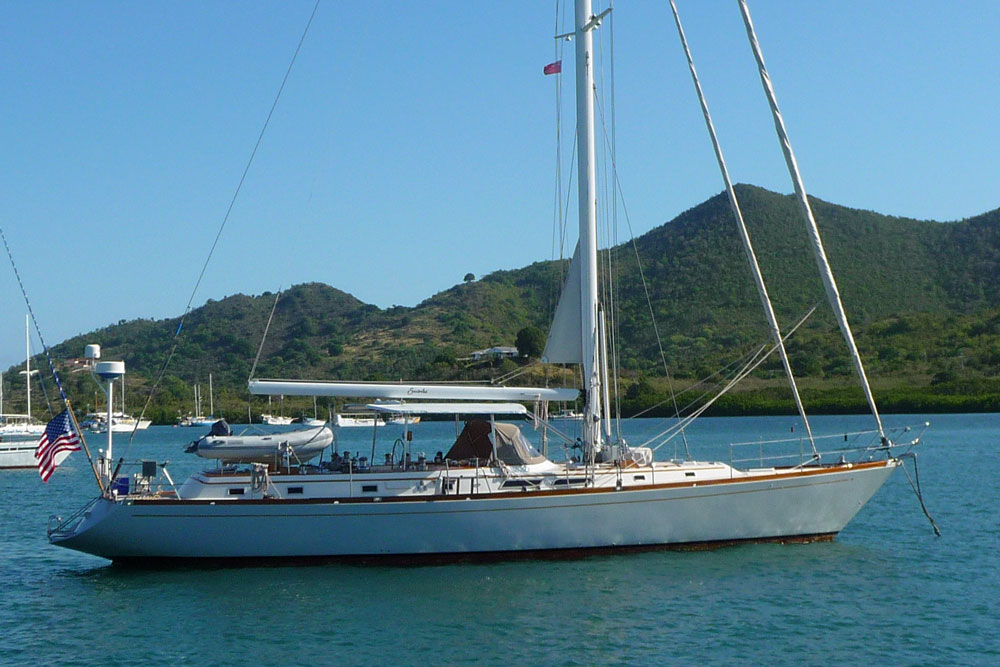 Gulfstar 60
Gulfstar 60Gulfstar's Enduring Legacy in the Sailing World
Gulfstar Yachts, despite its relatively brief two-decade run as a dedicated sailboat builder, undeniably carved out a significant niche in the yachting world. Vince Lazzara's entrepreneurial spirit and his sheer readiness to adapt to market demands truly shaped the company's fascinating journey, transforming it from a mere high-volume producer into a highly respected manufacturer of genuinely capable cruising sailboats. The brand's initial laser focus on spacious interiors and affordability undeniably made sailing accessible to a much wider audience. Meanwhile, their later, decisive pivot towards improved designs and construction quality powerfully underscored their unwavering commitment to the serious cruiser.
Today, it's wonderful to see a vibrant, active community of Gulfstar sailboat owners who truly cherish the enduring qualities of these vessels. Many Gulfstars are still out there, bravely cruising the world's oceans, which is a powerful testament to their inherent seaworthiness and, of course, the dedicated efforts of their owners in keeping them shipshape. While they might not boast the bleeding-edge performance of modern designs, Gulfstar yachts offer a timeless, undeniable appeal for anyone seeking a comfortable, sturdy, and character-filled platform for their deepest cruising dreams. Their real, lasting legacy lies in providing spacious, wonderfully livable boats that have empowered countless sailors to explore distant horizons and truly enjoy the comforting familiarity of home right there on the water.
Sources & References
- Gulfstar Yachts - Wikipedia
- Our Legacy | Lazzara Yachts | Luxury Yachts and Catamarans
- Gulfstar Yachts Review: A Complicated History
Recent Articles
-
Passoa 47 Sailboat Review: Comprehensive Specs & Performance Analysis
Jan 04, 26 04:57 AM
Discover the Passoa 47, a legendary aluminium blue water cruiser by Garcia. Explore technical specifications, design ratios, and why its lifting keel is a game-changer for offshore sailors. -
Sailboat Wheel Steering Maintenance & Inspection Checklist
Dec 30, 25 02:32 PM
Keep your vessel’s helm responsive and reliable with our expert maintenance checklist. Master cable tensioning and system inspections to avoid mid-passage failures. -
Modern Boat Electronics and the Latest Marine Instruments
Dec 20, 25 05:27 PM
Should sailboat instruments be linked to the latest boat electronics as a fully integrated system, or is it best to leave them as independent units?


